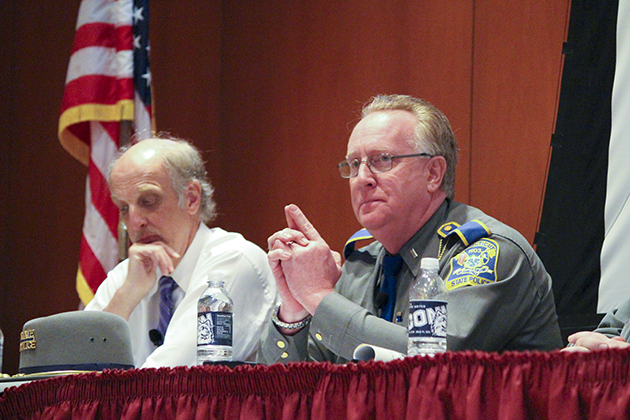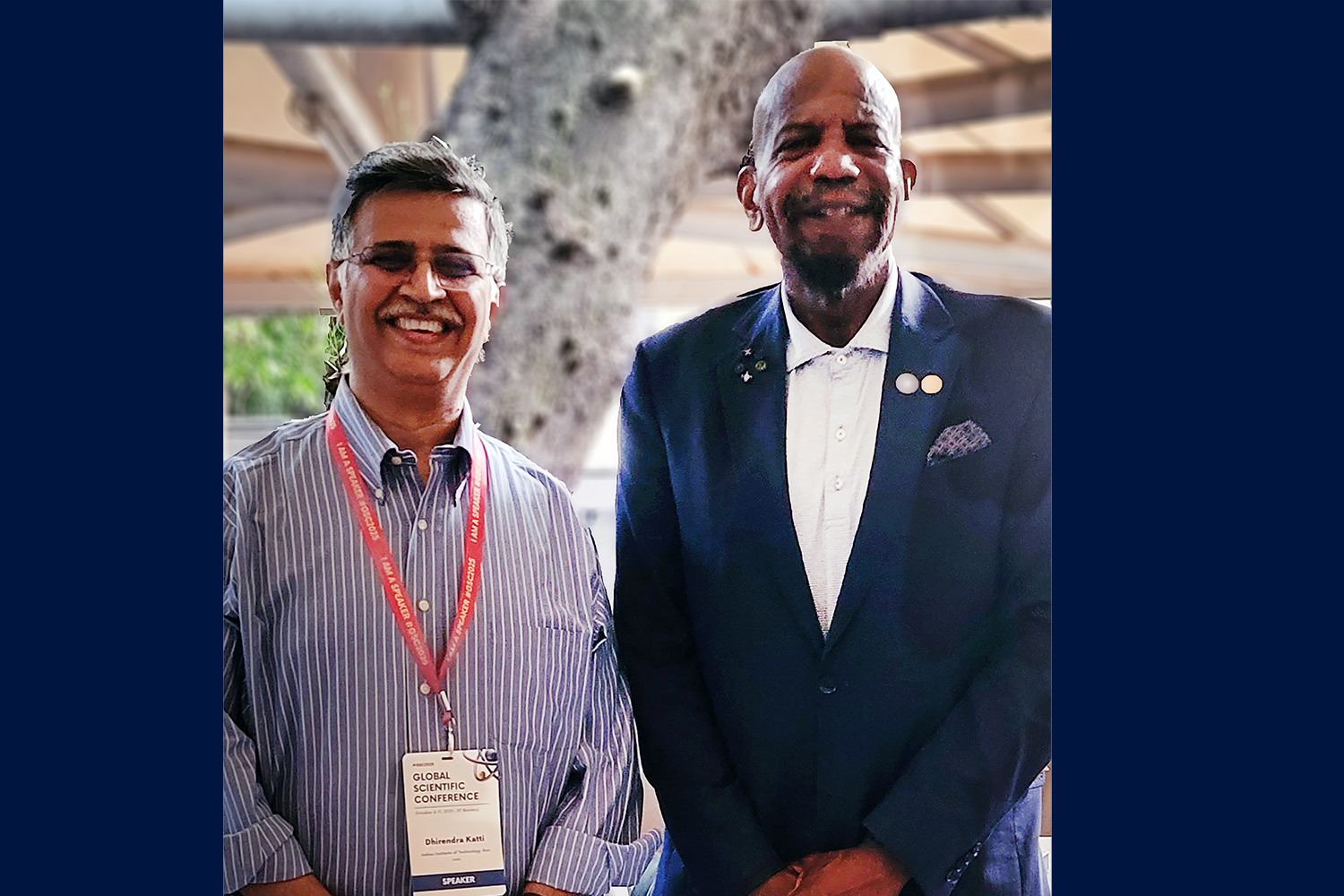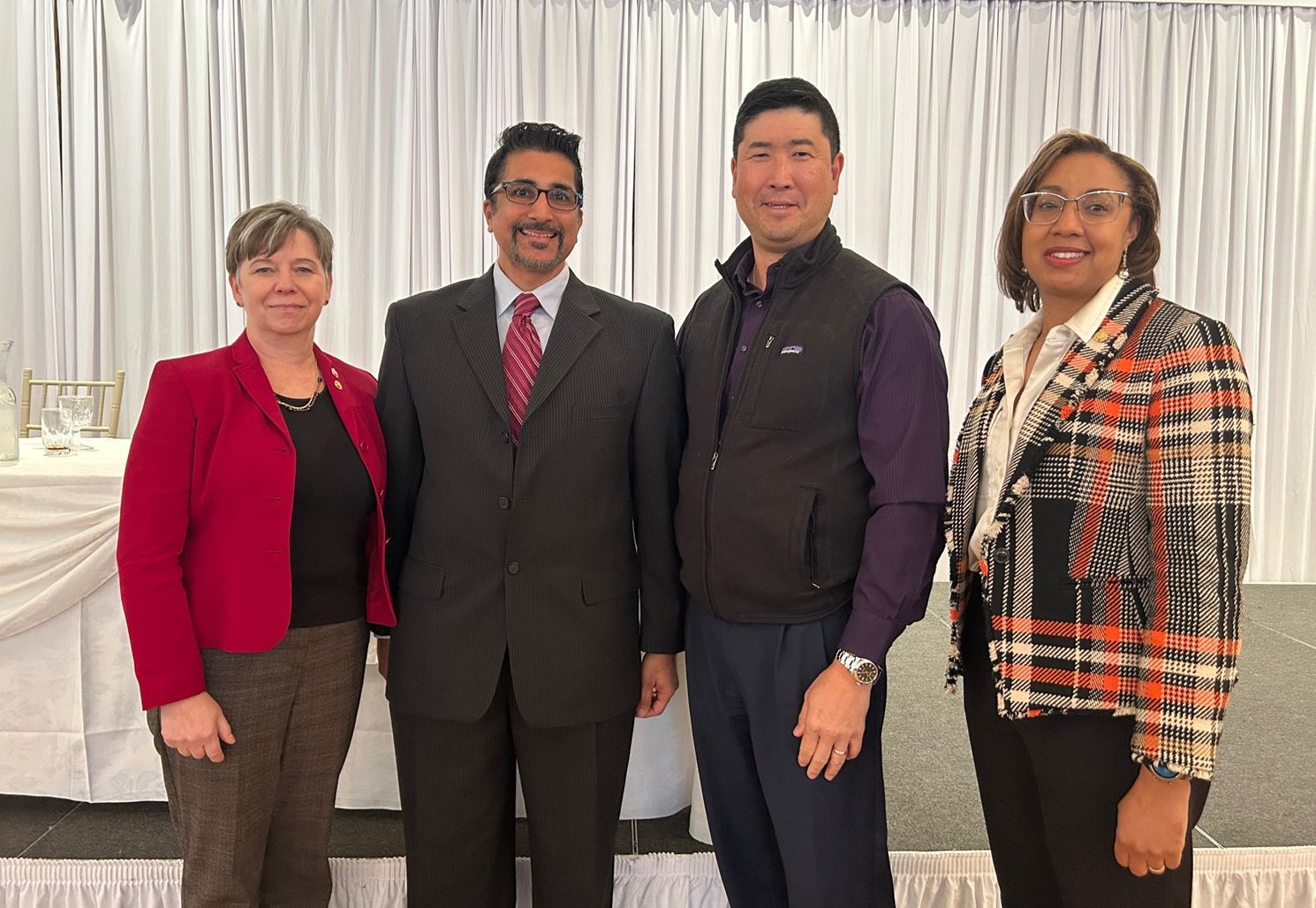
Journalists, students, and members of the public gathered at the Thomas J. Dodd Research Center on Friday for a panel discussion titled “Covering Newtown.” The forum explored media coverage of the December 2012 Sandy Hook elementary school shooting in Newtown, Conn. that left 20 children and six adults dead.
“Just when we think that it is not possible to cover yet another unimaginable thing, we are called upon to cover yet another unimaginable thing,” said Maureen Croteau, head of the Department of Journalism, referencing breaking news coverage of the pursuit of the Boston Marathon bombing suspects.
“It’s one of the things that journalists dread the most, to have to cover events like this,” said Marcel Dufresne, associate professor of journalism and the panel’s moderator. Dufresne stepped in for John Dankosky, news editor at WNPR radio in Hartford, who was slated to moderate.

Connecticut State Police spokesperson Lt. J. Paul Vance, the officer whose role was to communicate with the press during the Sandy Hook school shootings, was a key panel member. He described the state police’s decision to have one authorized person to speak to the press – Vance himself – in what he called a “one-voice situation.”
“When you have a multitude of people working on the same project, you can’t have multiple people speaking about it,” he said. “It’s just dangerous. Inaccuracies come out. An adjective, a preposition, you name it, can twist a thought process.”
Vance said that the majority of misinformation reported in the press was because some journalists got their information from other sources.
Marie Shanahan, an assistant professor of journalism whose research examines how news organizations use social media, agreed. She said that one of the most egregious media errors during the tragedy was when the shooter’s brother’s name became public.
Within minutes, reporters were posting the Facebook photo of a Ryan Lanza from Hoboken, N.J. to Twitter and other news sites. Even CNN, Shanahan said, mistakenly identified the shooter as Ryan Lanza, and their credibility led the news to be spread all over the Internet.
“Everyone is extremely upset, because children have just died,” Shanahan said, “and we want to blame somebody.” The result was that Ryan Lanza began receiving death threats because news organizations weren’t checking their facts.
There was a feeling that the world was wrapping us in its arms and its citizens were crying with us and consoling us.
Newtown Bee associate editor John Voket was among the first journalists at the scene. He described a media situation in which an unprecedented number of journalists from small news outlets across the country came to Connecticut to cover the tragedy, and in some cases made the situation more difficult for local reporters who were trying to report the news to the surrounding communities.
Instead of relying on major wire services for their information, Voket said, many town newspapers were looking for an exclusive local angle that the people in their small or medium-sized town could relate to.
“The definition of ‘local’ news seemed to have changed,” he said.
But Voket also fondly remembered small newspapers from as far away as Wyoming and northern California that called the Bee’s office simply to offer their help and support from afar.
“There was a feeling that the world was wrapping us in its arms and its citizens were crying with us and consoling us,” he said.
The panel also included Bill Leukhardt, a longtime Hartford Courant reporter and stepfather of Lauren Rousseau, a 2004 UConn graduate and Sandy Hook Elementary teacher who was killed in her classroom during the shootings.


